-

+86-577-57156888
-

-

+86-577-57155869
-

11th Floor, Building 6, Headquarters Economic Park, Yueqing, Zhejiang, China
Remotely Monitored And Controlled IoT Circuit Breakers With 4G Connectivity
Industry News-IoT Circuit Breaker and 4G remote control circuit breaker are transforming how electrical systems are supervised and managed, offering a blend of real-time monitoring and remote operability. These devices cater to the growing need for oversight across diverse electrical setups, from industrial complexes with high-voltage cabinets to commercial spaces using inverters and starter systems. By combining circuit protection with digital connectivity, they provide a practical solution for those seeking to streamline electrical operations without sacrificing safety.

Real-Time Monitoring Capabilities of IoT Circuit Breaker
IoT Circuit Breaker is equipped with sensors that continuously track a range of electrical parameters critical to system health. These include current flow, voltage fluctuations, and temperature levels at the breaker’s location. The data collected is processed internally and then formatted into actionable insights, such as identifying when a circuit is approaching its load limit or when ambient temperatures rise beyond typical operating ranges.
This monitoring extends beyond basic metrics to include operational patterns. For example, the breaker can log how often a circuit switches on or off, helping users identify irregular usage that might indicate issues with connected equipment like auto-coupling pressure-reducing starter cabinets or QZB transformers. The data is stored locally on the device and also pushed to a connected platform, allowing users to access historical trends alongside real-time readings. This dual storage ensures that information remains available even if there’s a temporary loss of connectivity.
4G Connectivity for Remote Control Functionality
4G remote control circuit breaker leverages cellular networks to enable remote operation, a feature that enhances flexibility in managing electrical systems. The 4G module within the breaker connects to local cellular towers, establishing a stable link to the cloud platform that hosts the user interface. This connection allows users to send commands to the breaker from any location with internet access, such as opening a circuit to cut power or closing it to restore service.
The 4G network’s widespread coverage makes this functionality viable in various settings, including industrial zones, commercial buildings, and remote facilities where wired internet might be unavailable or unreliable. Response times for remote commands are typically within a few seconds, ensuring that urgent actions—such as isolating a faulty circuit—can be executed promptly. Additionally, the breaker sends confirmation signals back to the user once a command is completed, providing assurance that the action was carried out as intended.
User Interface and Accessibility Features
The interface for managing IoT Circuit Breaker and 4G remote control circuit breaker is designed to be intuitive, accessible to both electrical professionals and users with basic technical knowledge. Most systems include a mobile app and a web portal, both of which display key data in a dashboard format. Real-time readings are shown alongside status indicators, such as whether the circuit is active or tripped, and historical data is accessible through time-based graphs.
Users can configure alerts to be notified of specific events, such as a voltage drop or a breaker trip. These alerts can be sent via push notifications, email, or SMS, with options to set priority levels to avoid unnecessary interruptions. The interface also allows for the creation of user groups, enabling different levels of access—for example, allowing maintenance staff to view data but restricting remote control privileges to supervisors. This tiered access helps maintain operational safety while facilitating collaboration.
Maintenance and Long-Term Performance
Maintaining IoT Circuit Breaker and 4G remote control circuit breaker involves routine checks that align with standard electrical maintenance practices, with additional considerations for their digital components. The physical breaker mechanism should be inspected periodically for signs of wear, such as corrosion or loose connections, to ensure proper operation during trips or resets.
For the digital components, firmware updates are released periodically to address performance improvements or security enhancements. These updates are delivered over the 4G network automatically, though users can choose to schedule them during off-peak hours to avoid disrupting operations. A valid data plan is required for the SIM card used for 4G connectivity and users should monitor usage to ensure they comply with their service agreement as excessive data transfer may incur additional charges.
Battery backup is another consideration for equipment installed in areas subject to frequent power outages. While many circuit breakers draw power from the electrical system they protect, battery backup ensures that critical functions like data logging and 4G communications continue to operate during outages, maintaining continuous monitoring.
As electrical systems become more integrated with digital technologies, the role of connected breakers in ensuring reliable, efficient operation continues to grow. Their ability to provide real-time insights and remote control, combined with practical maintenance requirements, makes them a sustainable choice for modern electrical management.
 English
English 中文简体
中文简体 عربى
عربى
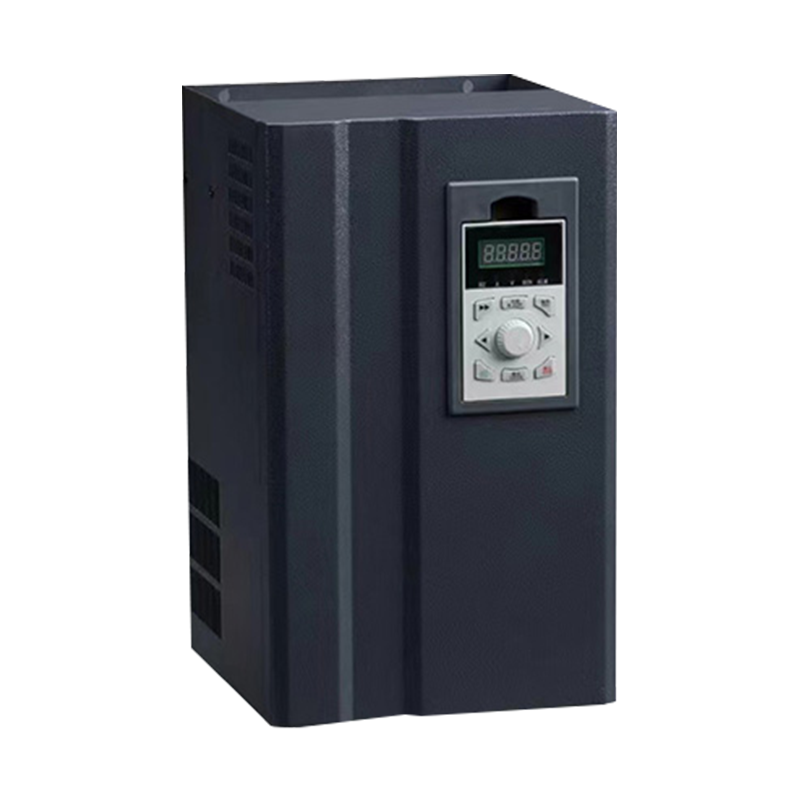
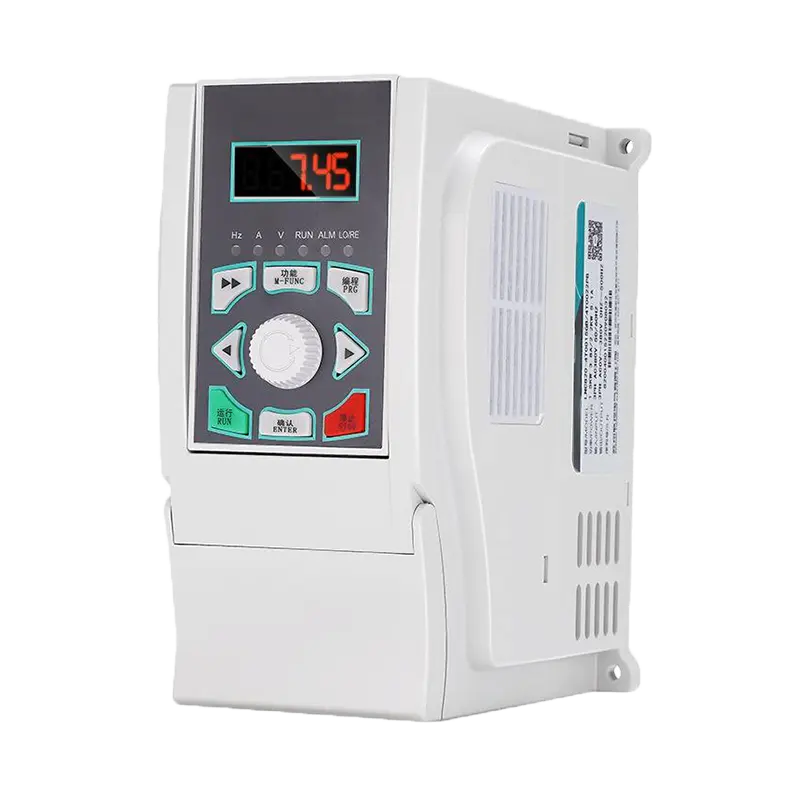
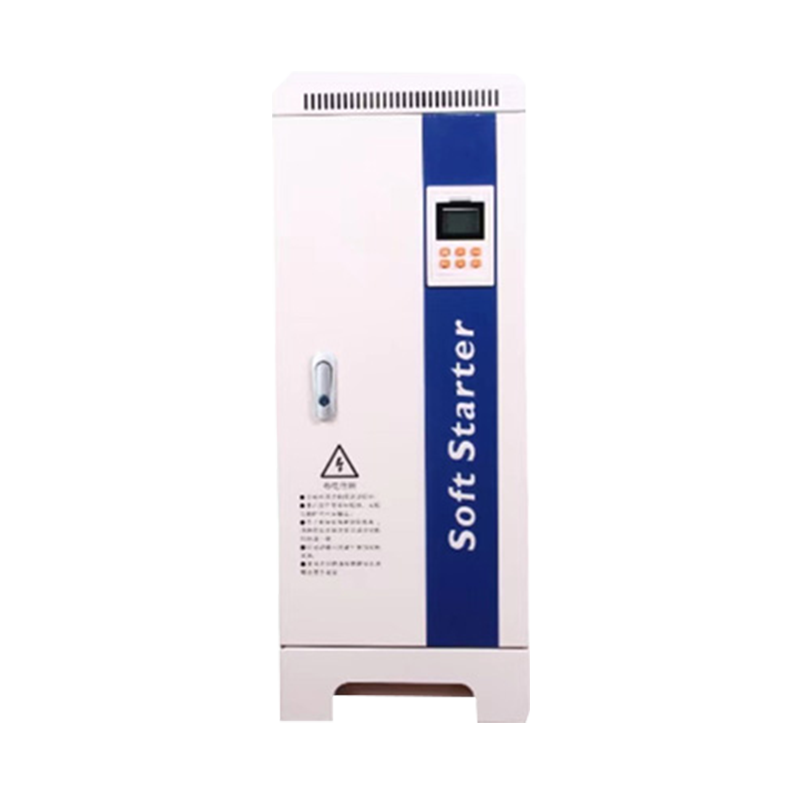
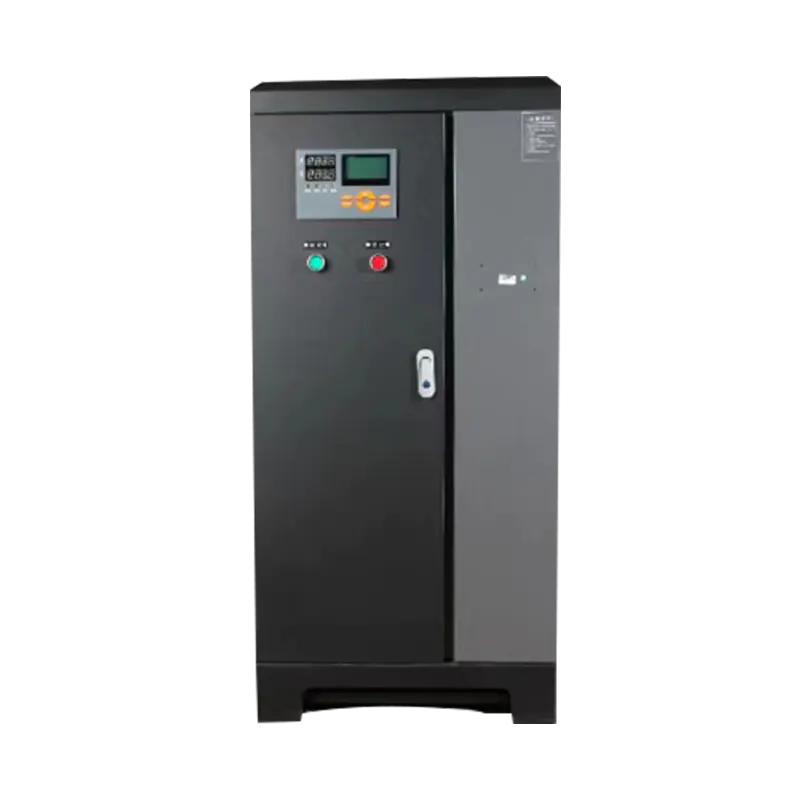

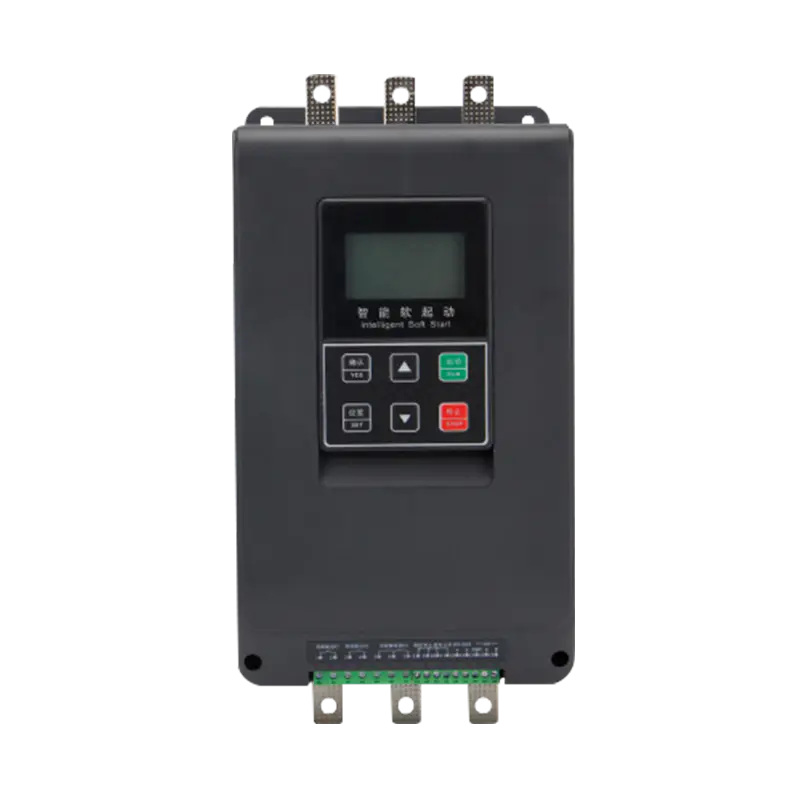

 浙公网安备33038202003754号
浙公网安备33038202003754号